Tempura: An Exquisite Culinary Journey with Yoshida Hotel into Japanese Gastronomy
Tempura, a dish so elegantly simple yet infinitely profound, is a cornerstone of Japanese cuisine that has captivated food lovers around the world. As we embark on this culinary journey with Yoshida Hotel, discover how Tempura, with its delicate crunch and subtle flavors, tells the story of Japan’s exceptional culinary artistry. Let us be your guide, unveiling the secrets, history, culture, and pleasure that Tempura brings to the table—inviting you to enhance your understanding of Japanese cuisine through a meticulous exploration.
The Essence of Tempura: Tradition and Modernity
Tempura—A Culinary Symphony of Simplicity and Perfection
At its heart, Tempura is a celebration of Japanese principles: purity, balance, and harmony. With just a few ingredients—seafood, vegetables, and a whisper-light batter—Tempura showcases how restraint yields excellence. The simple act of coating fresh produce in a delicate mixture of flour, egg, and ice-cold water, then frying it to a golden crisp, has become a timeless symbol of Japanese culinary craftsmanship.
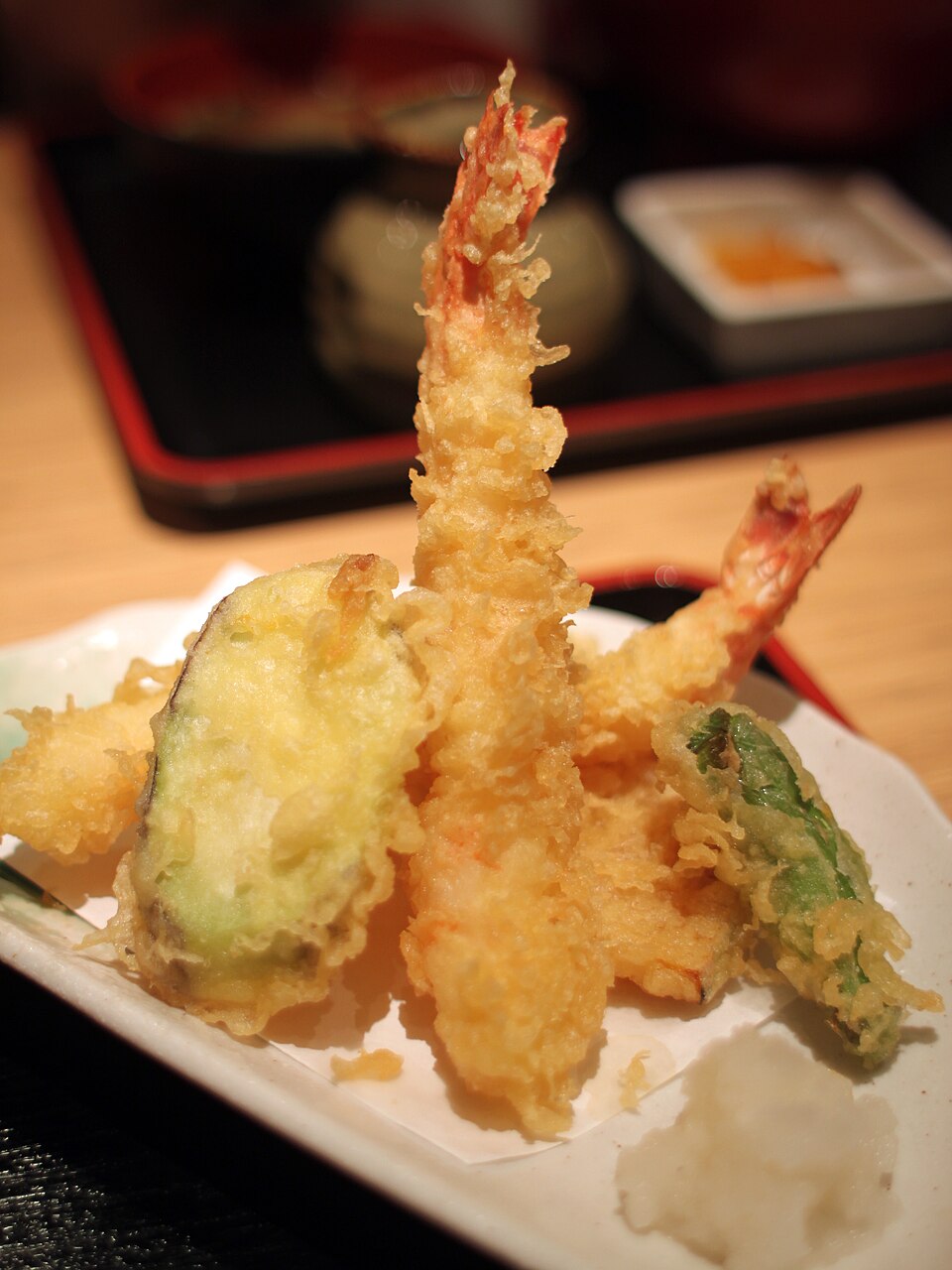
Tempura’s Place in Japanese History and Culture
Tracing its origin to 16th-century Japan, Tempura was inspired by Portuguese missionaries introducing batter-frying techniques. Evolving from street food to gourmet delicacy, Tempura became beloved by commoners in Edo (present-day Tokyo) and soon established itself as a hallmark of Japan’s dining tradition. Today, Tempura restaurants range from humble stalls to refined counters, each honoring a unique, time-honored preparation ritual.
Savoring Tempura: Ingredients, Techniques, and Philosophy
The Foundation: Selecting Premium Ingredients
Choosing the freshest seafood and seasonal vegetables is essential in crafting exceptional Tempura. Prawns, squid, sweet potatoes, kabocha squash, eggplant, and mushrooms are among the favored selections. Each ingredient is artfully sliced to highlight its natural beauty and flavor, a practice rooted in Japanese culinary precision.
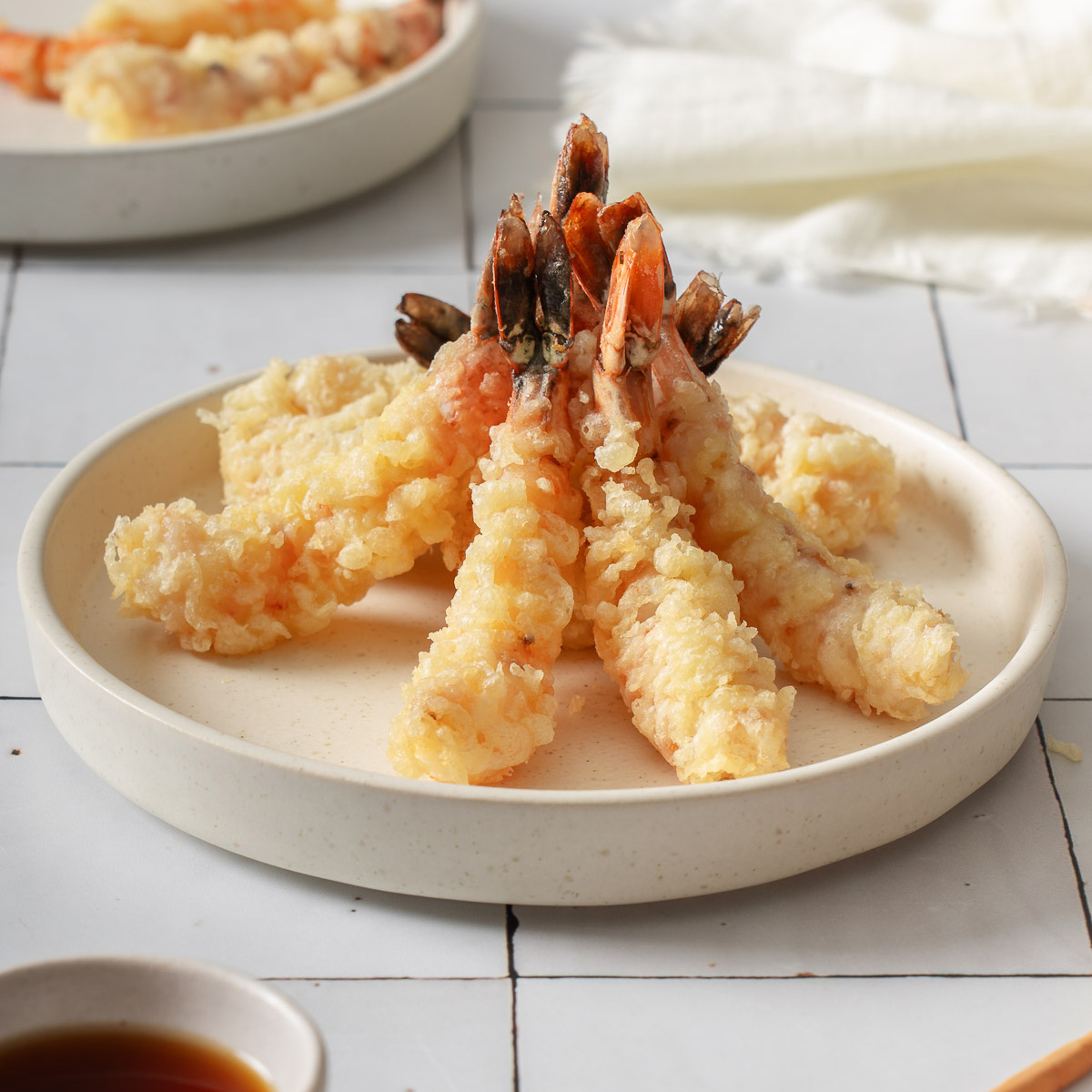
The Magic of the Batter: Secrets to a Light and Crisp Texture
Tempura’s signature crunch comes from a batter made with just three ingredients: wheat flour, egg, and ice-cold water. The secret lies in lightly mixing the batter to keep it cold and lumpy, which creates an airy, crisp coating. This attention to temperature and timing distinguishes expertly made Tempura from commonplace fried food.
The Art of Frying: Technique and Timing
The frying process, typically done in a blend of cottonseed or sesame oil, is both an art and science. Oil is precisely heated to around 170-180°C, and ingredients are fried in small batches for mere seconds. The chef’s attentiveness ensures each piece emerges with a golden, non-greasy crust that preserves the interior’s moisture and flavor.
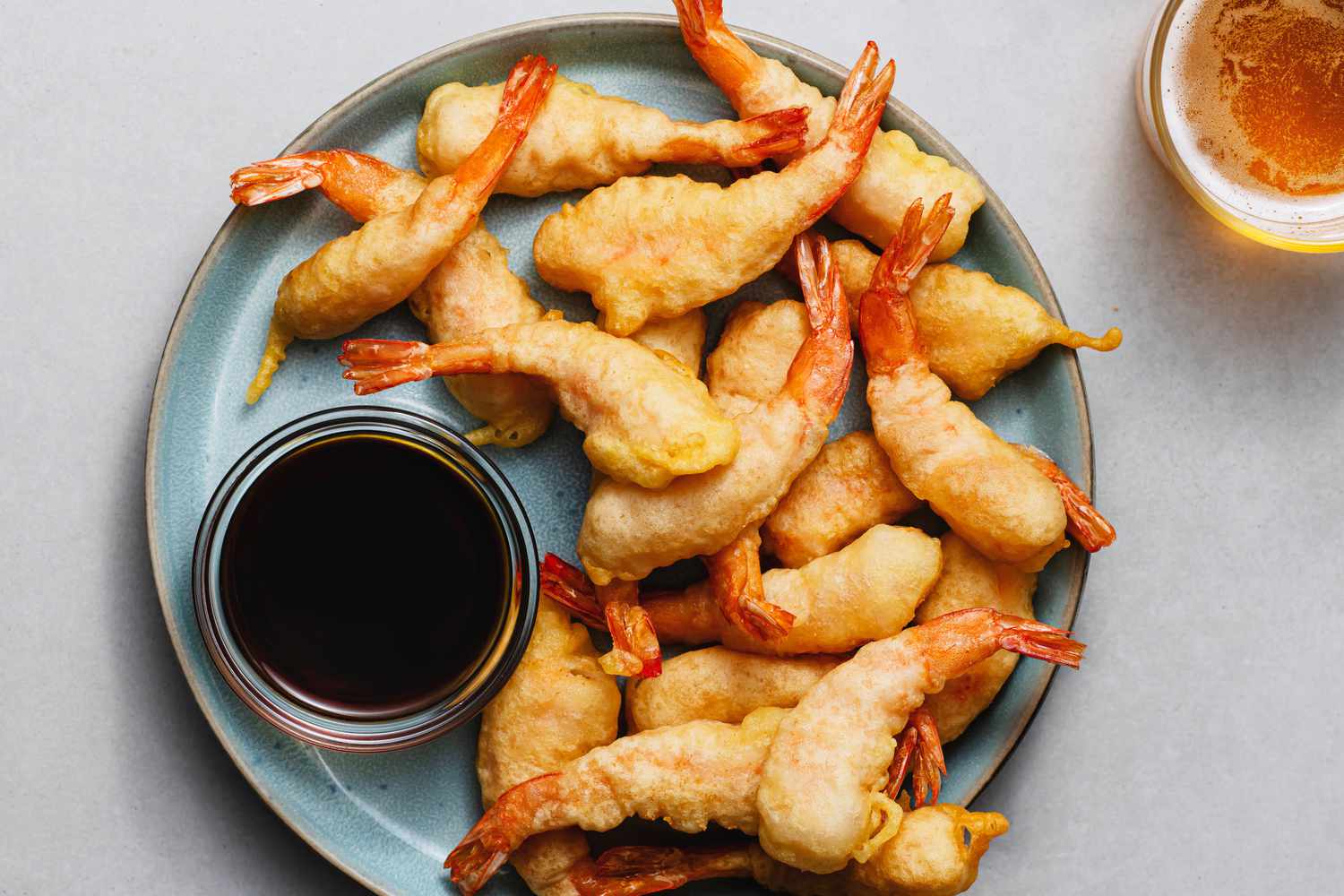
Exploring Tempura: Regional Variations and Distinct Styles
Edo-mae Tempura: Tokyo’s Taste of Excellence
Edo-mae Tempura originated along the bustling rivers of Edo, serving fresh seafood fried to perfection as fast food for the city’s workers. This style emphasizes seafood like prawns, conger eel, and whitefish, delicious with a side of grated radish and tentsuyu dipping sauce.
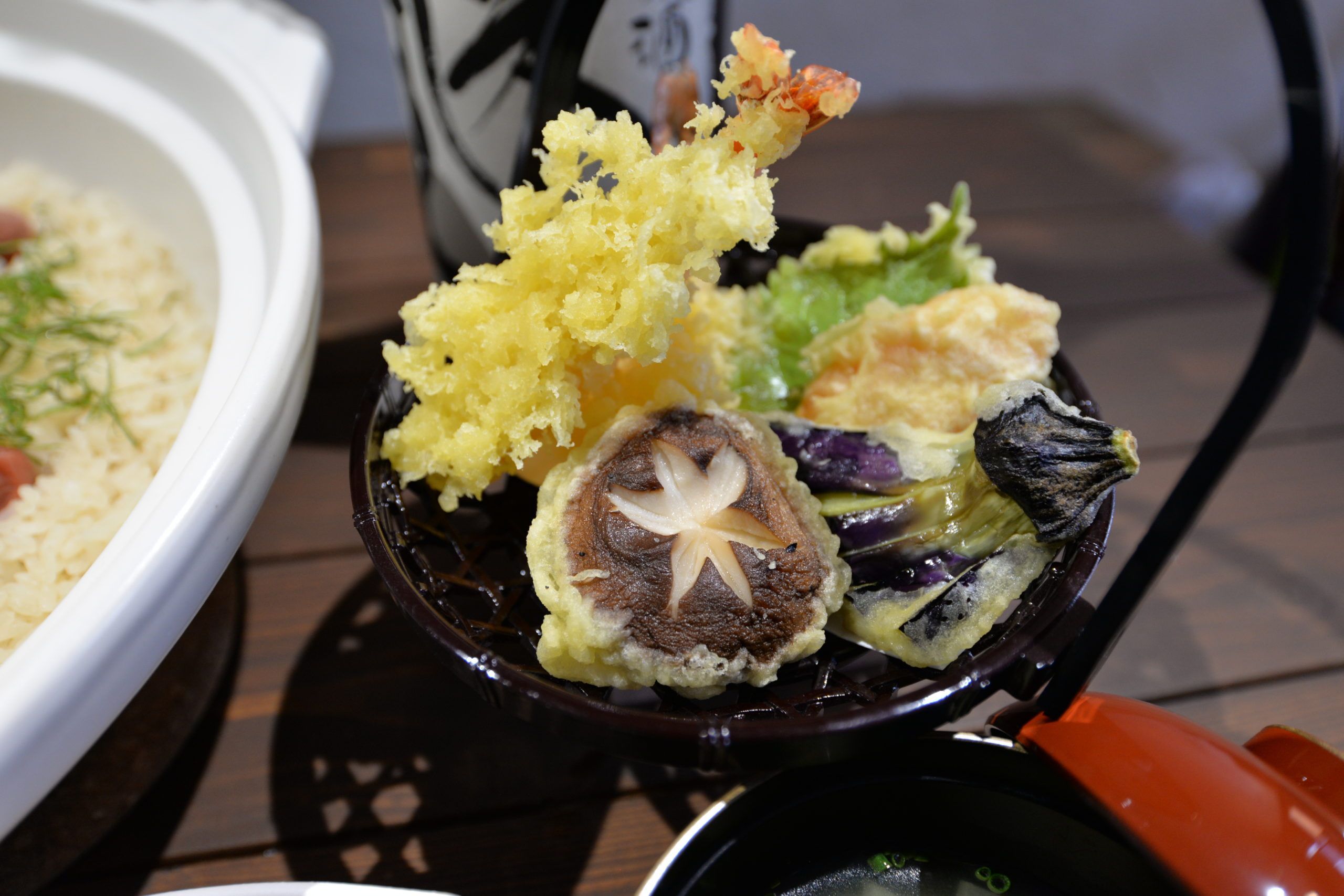
Kansai-Style Tempura: Celebrating Vegetables and Lightness
While Edo-mae is seafood-focused, Kansai Tempura highlights a rainbow of vegetables. The batter is even lighter, and the ingredients are often enjoyed with only a sprinkle of salt—letting nature’s flavors shine through with purity and grace.
Specialty Tempura: Creative Interpretations Across Japan
Modern Tempura chefs innovate by incorporating global inspirations, such as battered cheese, herbs, or even seasonal fruit. These creative expressions pay homage to tradition while pushing boundaries, fusing the old and the new to offer new taste experiences.

The Tempura Dining Experience: Ritual, Atmosphere, and Etiquette
The Counter Experience: Watching Masters at Work
Dining at a Tempura counter is a spectacle—eyes trace every movement of the chef as he dips, fries, and plates each piece. Conversation with the chef is encouraged, deepening guest appreciation for the culinary process and the philosophy behind it.

Tasting Tempura: Dipping Sauces, Flavored Salts, and Accompaniments
Each bite of Tempura can be enjoyed with diverse flavor pairings. The quintessential tentsuyu dipping sauce—a savory broth of dashi, soy sauce, and mirin—foregrounds umami. Flavored salts (matcha, yuzu, curry) offer bursts of taste, while pickled ginger or grated daikon refresh the palate for the next bite.
Etiquette and Appreciation
True enjoyment of Tempura comes from savoring each piece hot from the fryer. Eat with your fingers or chopsticks, relishing the contrasts in texture and flavor. In fine dining settings, chefs recommend the ideal sequence for eating, enhancing the gastronomic journey.

Tempura Beyond the Plate: Cultural Significance and Symbolism
Tempura in Festivals and Celebrations
Tempura graces Japanese tables during celebrations—New Year’s feasts, family gatherings, and traditional festivals. Its presence at happy occasions reflects abundance, unity, and gratitude for nature’s bounty.
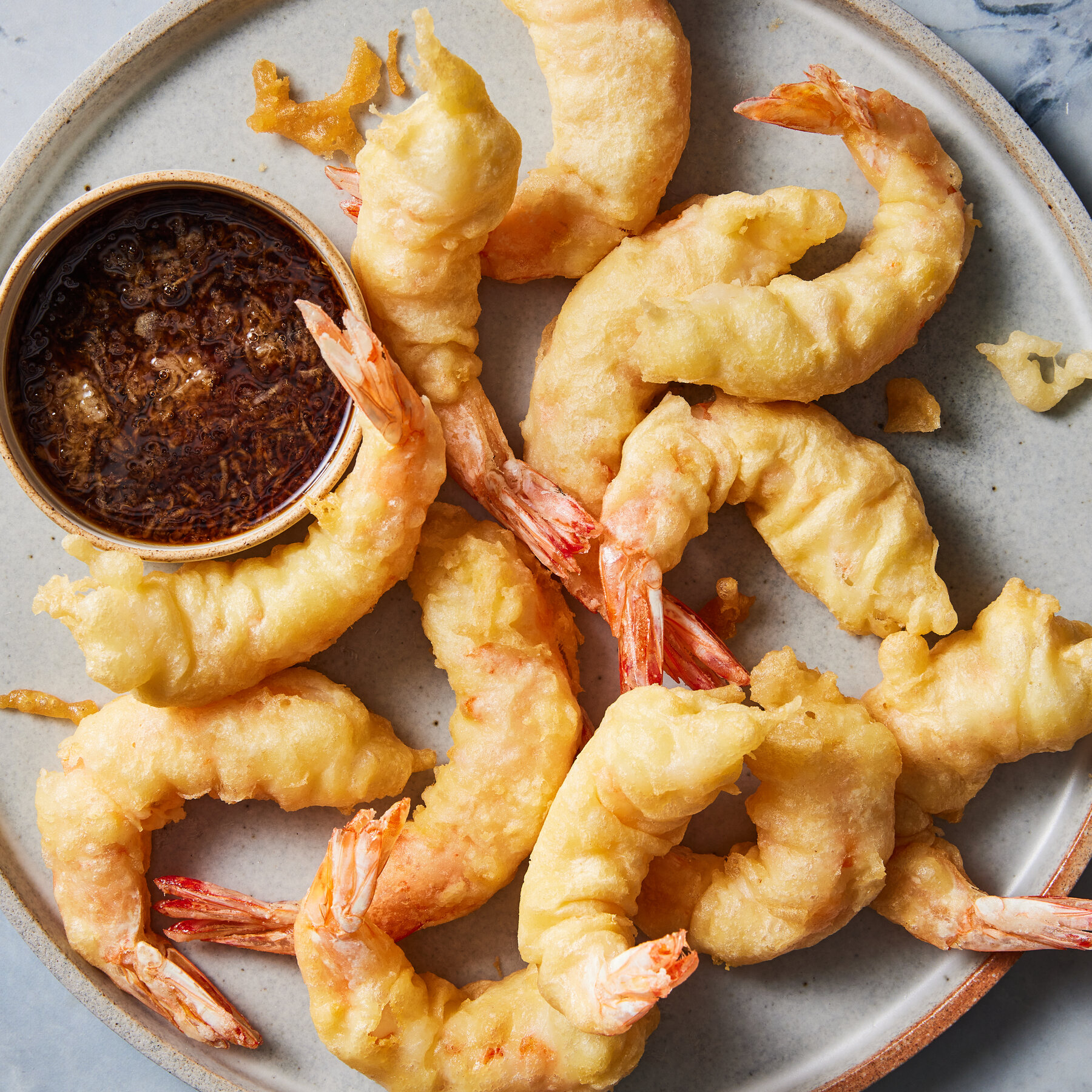
Tempura in Japanese Art and Literature
The impact of Tempura extends into cultural arts and literature, often depicted in ukiyo-e prints and referenced in poetic verse. It is more than a dish; it is part of Japan’s living heritage.
The Global Spread: How Tempura Captivated the World
Tempura’s Arrival in International Cuisine
Today, Tempura features on menus from Tokyo to Paris, New York to Sydney. International chefs celebrate its adaptability, innovative fusion dishes, and universal appeal. At the same time, Yoshida Hotel encourages guests to seek authentic Tempura to experience its true essence.
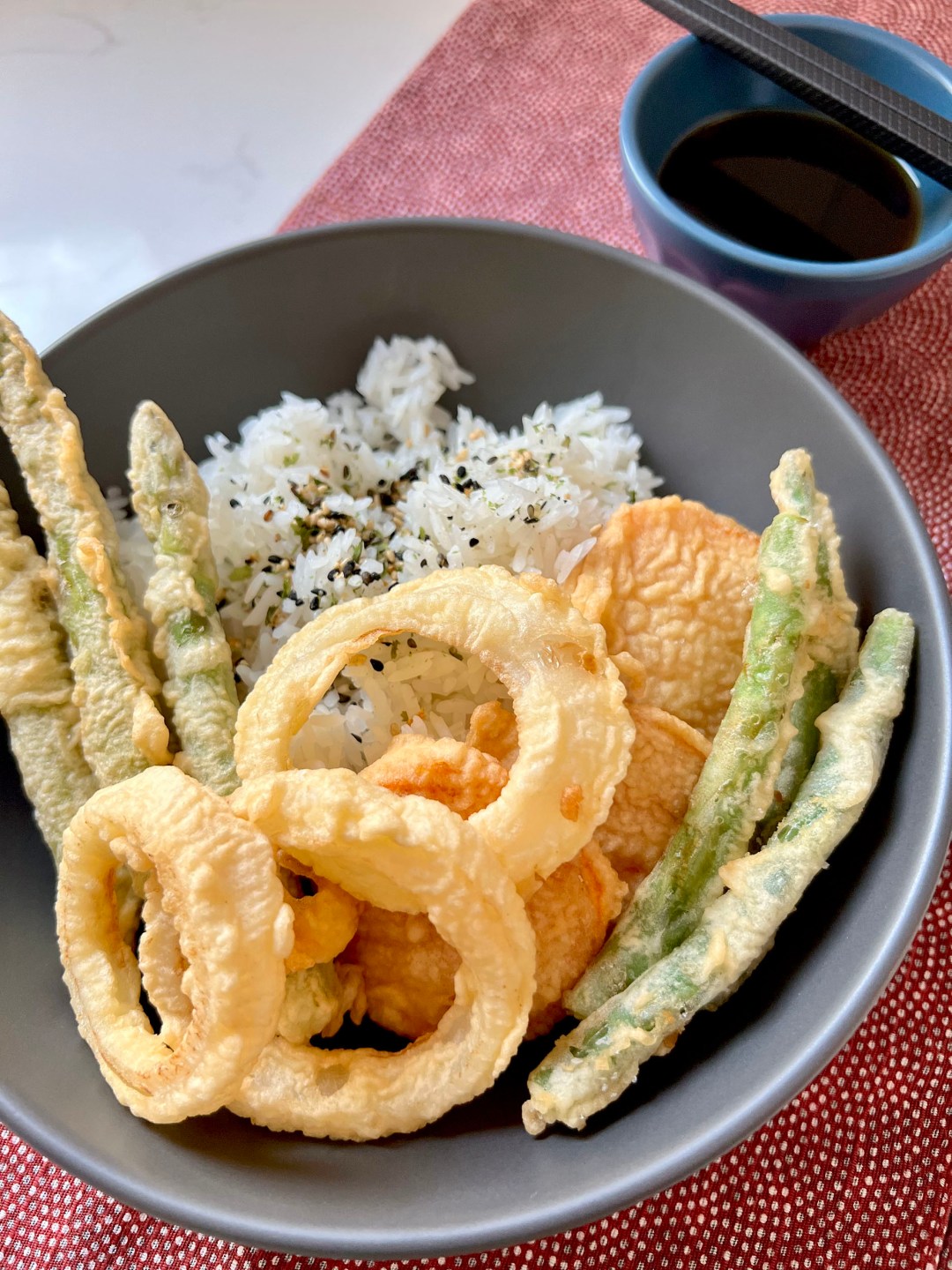
Culinary Crossroads: Tempura’s Influence in Modern Gastronomy
Tempura’s technique—battering and frying to preserve flavor—has inspired global chefs and shaped contemporary fine dining. From tapas bars to fusion restaurants, echoes of Tempura are found in inventive crispy creations worldwide.
Tempura Recipes: A Culinary Adventure at Home
Sourcing the Ingredients: Tips for Aspiring Cooks
For those wishing to bring the taste of Tempura home, Yoshida Hotel recommends finding the freshest ingredients possible—visiting local farmers markets and fishmongers for authentic results. Choose light, neutral oils for frying and experiment with your favorite produce.
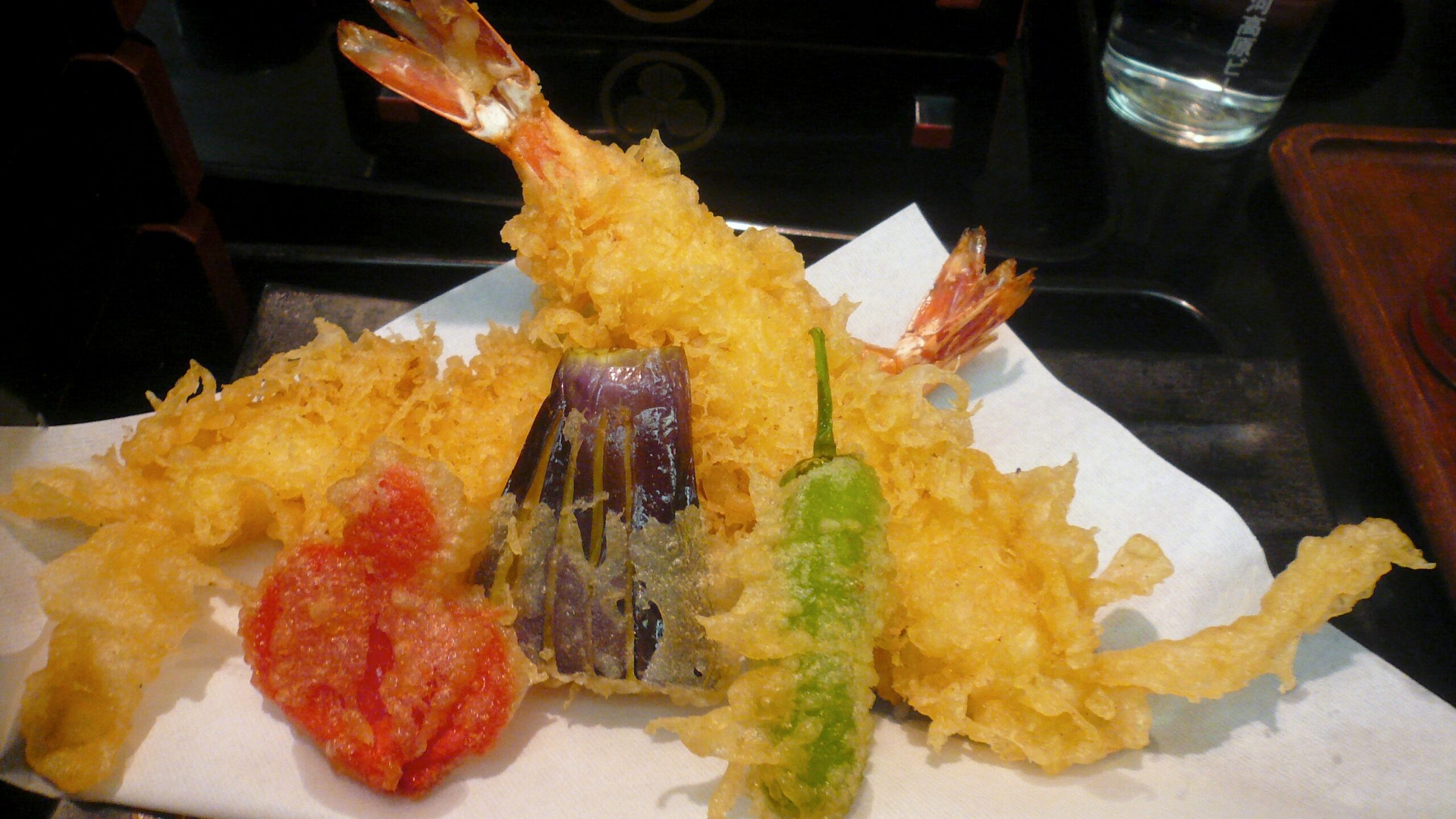
Step-By-Step Tempura Preparation
Begin by preparing your vegetables and seafood, cutting them for even frying. Make the batter just before frying—keep it cold and do not overmix. Heat oil, fry a few pieces at a time, and drain on paper towels. Serve with tentsuyu sauce and freshly grated daikon for a true taste of Japan.
Common Mistakes and How to Avoid Them
Ensure your batter is cold and your oil is properly heated. Avoid overcrowding the frying pot and remove pieces as soon as they turn golden. There is beauty in imperfection—every piece is unique.

Tempura Pairings: Sake, Beer, and More
Enhancing the Tempura Experience with Japanese Drinks
Pairing Tempura with drinks elevates the dining experience. Sake’s crispness and nuanced flavors complement Tempura’s lightness. For a more casual meal, a cold Japanese beer is a classic choice, cutting through the richness with refreshing notes.

Tea Pairings: Tradition Meets Tranquility
Japanese green teas such as sencha, genmaicha, or hojicha provide balance and refreshment, making them ideal companions for a Tempura meal. The ritual of tea drinking alongside Tempura creates moments of calm and connection.
Healthy Indulgence: Is Tempura Good for You?
Understanding Caloric Content and Nutritional Value
While Tempura is fried, its batter is thin and oil is kept clean and hot, meaning less is absorbed. Enjoyed in moderation, and with the right ingredients, Tempura can be a relatively light dish, providing vitamins and minerals from seafood and vegetables.

Modern Takes: Tempura for Health-Conscious Diners
Contemporary chefs, including those Yoshida Hotel collaborates with, sometimes experiment with gluten-free batters and use heart-healthy oils. Tempura thus continues to evolve, offering enjoyment for all.
Tempura Through the Seasons: A Year-Round Delicacy
Spring and Summer: Light and Refreshing Varieties
In the warmer months, Tempura highlights fresh herbs, young bamboo shoots, and summer squash. Seasonal fish such as ayu and eel bring subtle, sweet flavors.

Autumn and Winter: Hearty and Comforting Choices
As the temperature drops, Japanese sweet potatoes, shiitake mushrooms, and pumpkin become Tempura stars. Warm servings provide a sense of comfort and nostalgia, making Tempura a favorite in any season.
Exploring Tempura in Japanese Cities: A Traveler’s Guide
Tokyo: Legendary Tempura Counters and Markets
Tokyo, the birthplace of Edo-mae Tempura, boasts legendary Tempura counters. From the historic Asakusa district to modern Ginza, travelers can savor an array of Tempura experiences tailored to every preference and budget.
Kyoto and Osaka: Regional Nuances and Hidden Gems
Kyoto’s Tempura often incorporates delicate mountain vegetables, while Osaka’s creative spirit is reflected in diverse ingredients and dipping sauces. Explore local markets and food alleys to find unique interpretations.
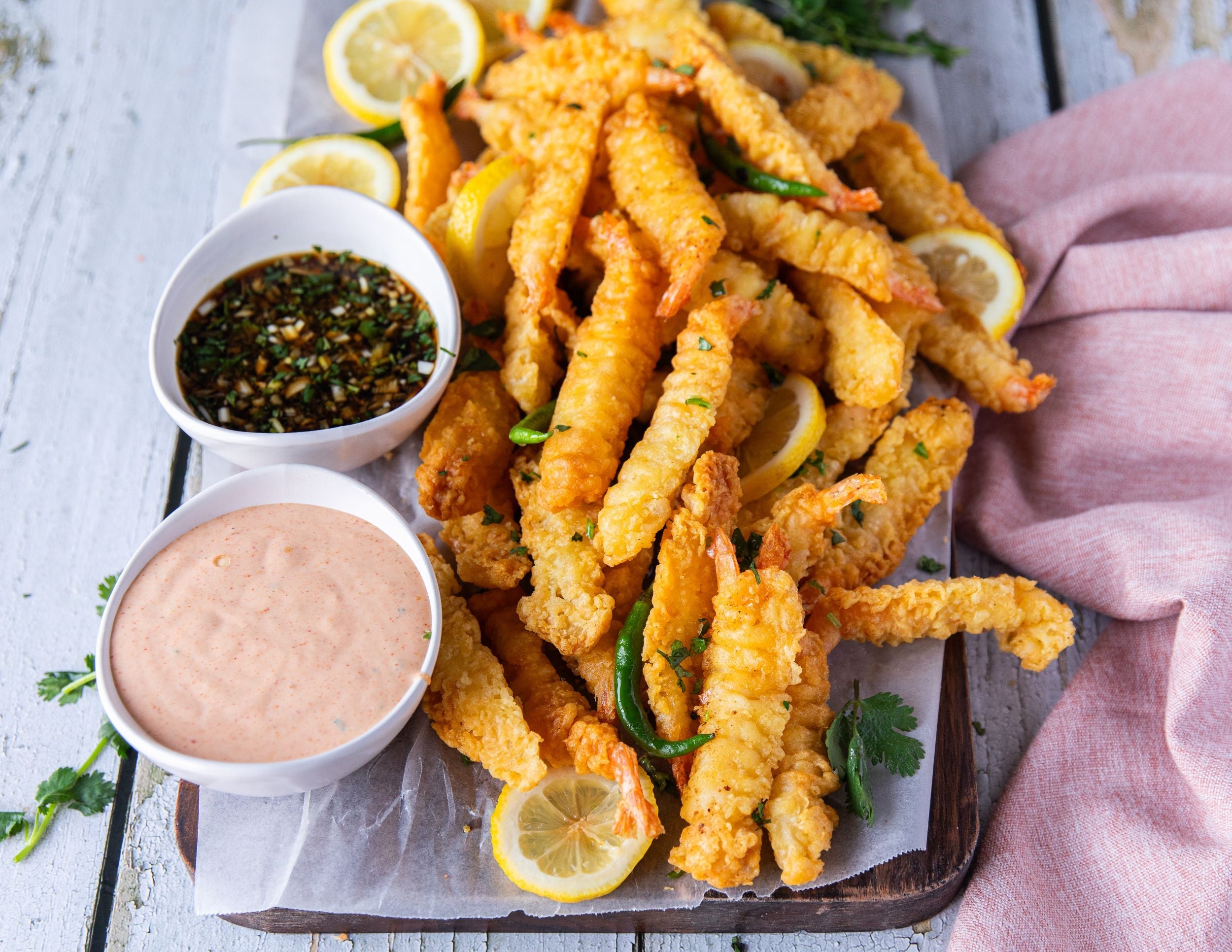
Recommendations from Yoshida Hotel for a Tempura Culinary Adventure
Yoshida Hotel encourages travelers to explore Japan’s Tempura culture by dining at local restaurants and street stalls, experiencing a world where tradition and innovation unite. Savor, discover, and enjoy the richness of Tempura across the country.
Tempura in Japanese Fine Dining: Kaiseki and Omakase Experiences
Kaiseki: Tempura in Japan’s Haute Cuisine
Kaiseki, Japan’s multi-course haute cuisine, often features Tempura as a highlight, celebrating seasonality and artistry. The Tempura course, midway through the meal, offers an interlude of texture and subtlety.

Omakase: Trusting the Chef on a Tempura Journey
For a singular experience, omakase dining allows the chef to select and prepare specialty Tempura before your eyes. Each morsel is an exploration of the chef’s vision and culinary expertise.
A Guide to Tempura Sauces, Dips, and Condiments
Tentsuyu: The Defining Tempura Sauce
Tentsuyu, the classic Tempura sauce, ties the dish together—a harmonious blend of dashi, soy sauce, and mirin. Each chef adds a unique touch, often adjusting sweetness and saltiness to suit the ingredients.
Salt Selections: Flavored and Artisanal Choices
Alongside sauce, a selection of salts can highlight different taste profiles—yuzu salt for citrus brightness, matcha salt for earthy notes, or sea salt for simplicity.
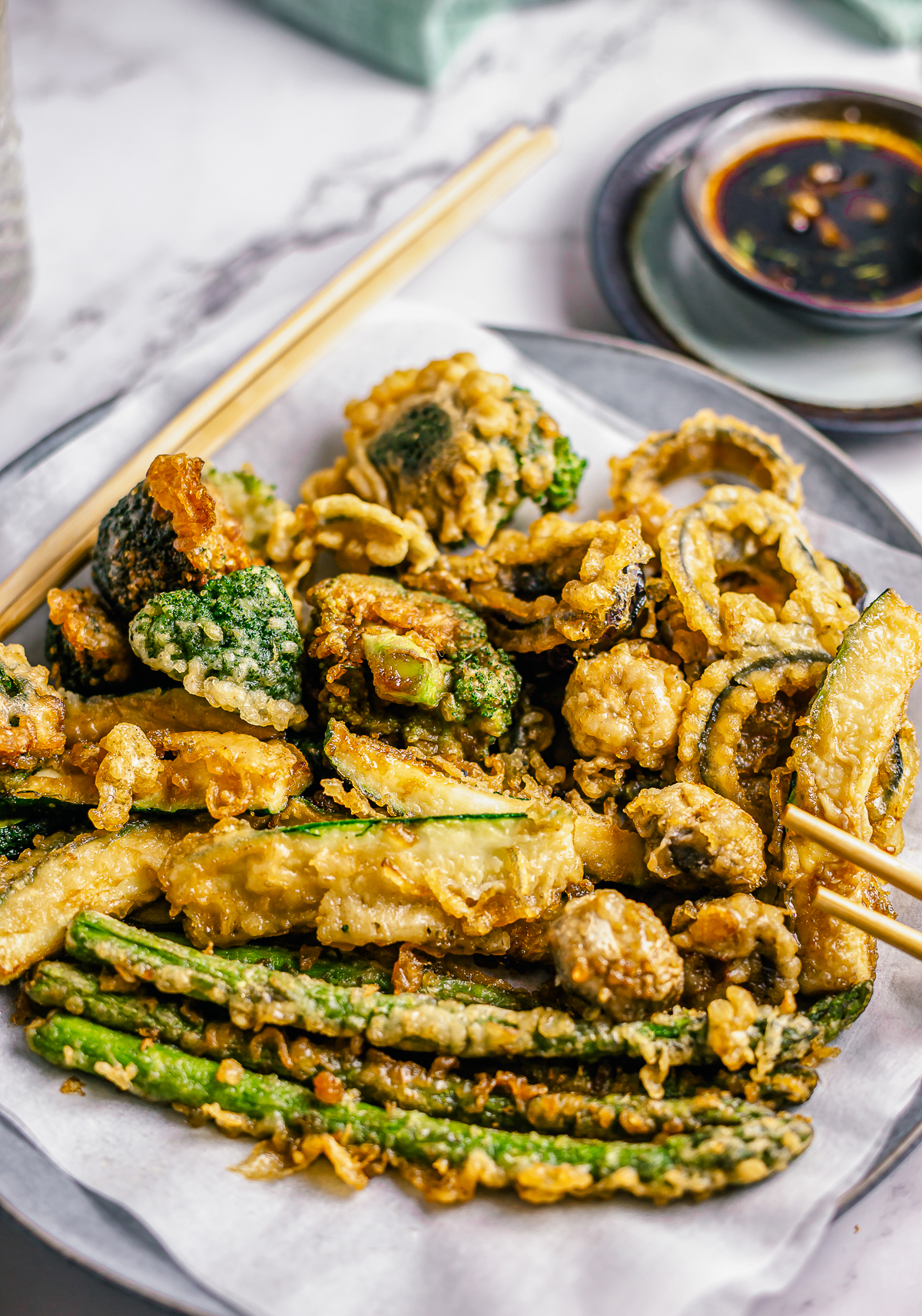
Traditional and Modern Condiments
Experiment with grated daikon, spiced grated ginger, or even a squeeze of lemon for added depth. Modern interpretations might offer unique chutneys or infused oils.
Frequently Asked Questions About Tempura
What Makes Tempura’s Batter So Unique?
The ice-cold, barely mixed batter traps air, forming a light shell that distinguishes Tempura from other fried foods. The freshness of ingredients and the mastery of frying technique are essential.
Can Tempura Be Made Gluten-Free?
Absolutely! Rice flour, potato starch, or other gluten-free blends can be used, offering the same crisp results for those with dietary restrictions.
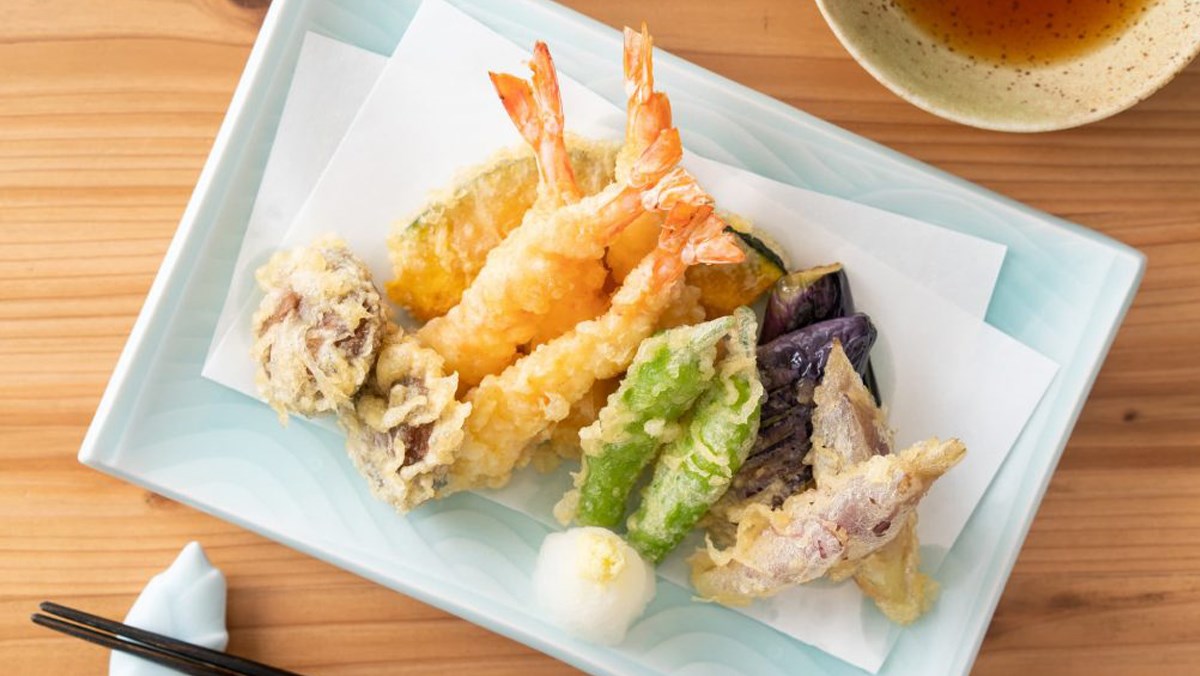
Is Tempura Only for Seafood Lovers?
Not at all—Tempura is celebrated for its versatility. Vegetarians delight in options like asparagus, shiso leaf, lotus root, or mushrooms.
How Can I Enjoy Tempura at Home Like in Japan?
By selecting quality ingredients, using fresh oil, and serving immediately, home cooks can recreate the authentic experience. Dine with chopsticks, pair with sake, and savor each bite.
Tempura Legends: Stories and Anecdotes
The Tale of the First Tempura Stand
Legend has it that the very first Tempura was sold beside the Sumida River, offering quick, delicious sustenance to Edo’s laborers. Today, countless stories connect Tempura to everyday life in Japan.
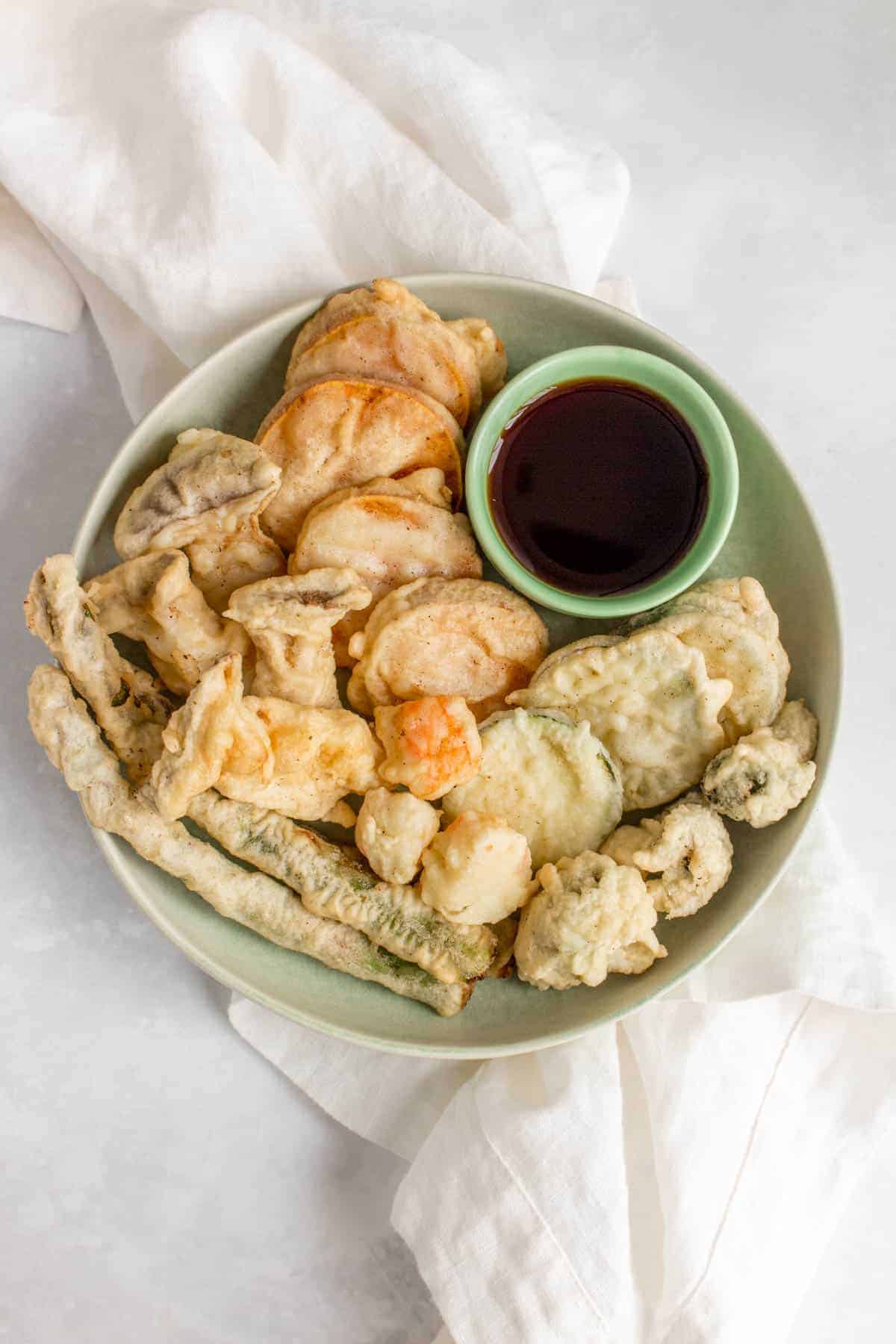
Renowned Tempura Masters
Across Japan, chefs dedicate their lives to perfecting Tempura’s techniques, passing skills down generations. Their artistry inspires, and their dishes become part of culinary folklore.
Tempura in Pop Culture and Beyond
Tempura References in Modern Media
From anime to movies, Tempura appears as a symbol of comfort and indulgence. Its status as both an everyday treat and a culinary treasure cements its place in pop culture.

Tempura-Inspired Art and Crafts
Artisans craft Tempura in miniature as souvenirs—keychains, food models—for travelers enchanted by its beauty. Culinary artists around the globe cite Tempura as inspiration for innovative presentations.
Conclusion
Tempura, with its golden crunch and refined simplicity, stands as a testament to the elegance of Japanese cuisine. Through this journey with Yoshida Hotel, you have discovered not just a dish, but a world of heritage, artistry, and passion. Whether enjoyed in a bustling Tokyo market, a refined Kyoto restaurant, or lovingly crafted at home, Tempura continues to inspire and delight, forging connections across cultures and generations. As you explore the wonders of Japanese gastronomy, let Tempura and Yoshida Hotel guide your senses to new horizons of flavor and tradition.
Remember, Tempura is more than a meal—it is a cultural experience waiting to be discovered. Continue your culinary adventure with Yoshida Hotel and let every bite of Tempura transport you to the heart of Japan.
Details
Namistay chain hotel
- 61-63 Hoang Ke Viem, Bac My Phu, Ngu Hanh Son, Da Nang, Vietnam
- Hotline: 0905 432 992
- Lot 45 An Thuong 29, Bac My Phu, Ngu Hanh Son, Da Nang, Vietnam
- Hotline: 0977 455 546
- 42 An Thuong 26 Street, Bac My Phu, Ngu Hanh Son, Da Nang, Vietnam
- Hotline: 0965 442 842

